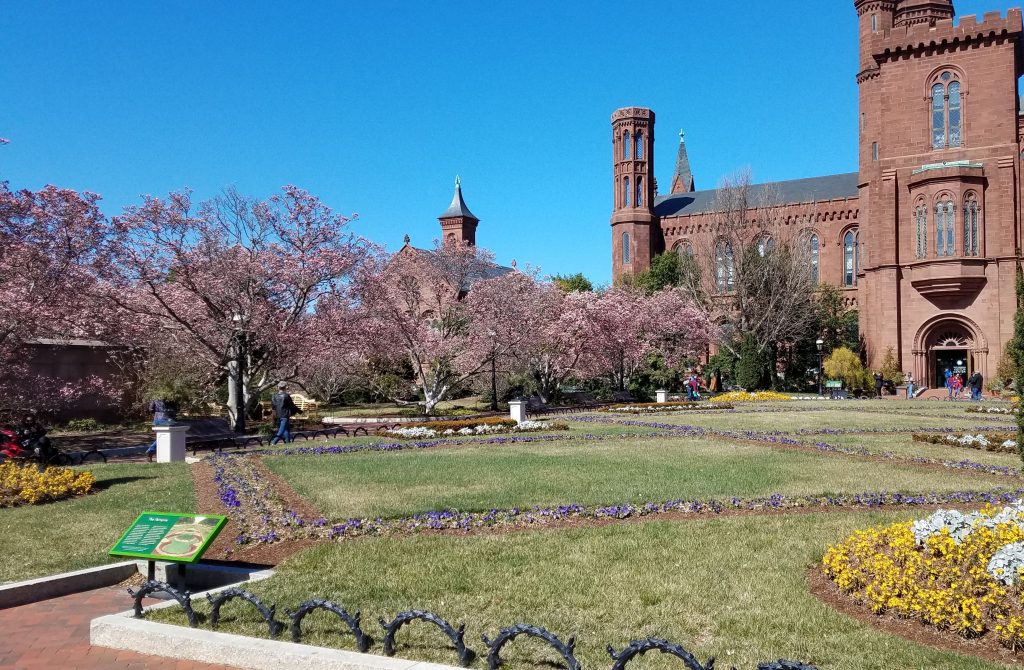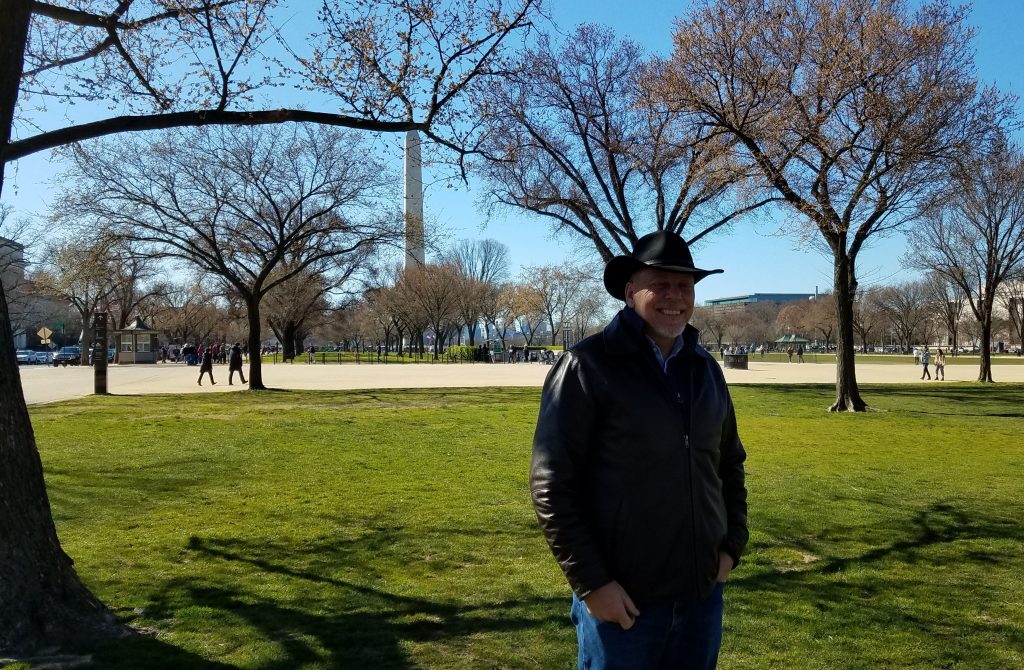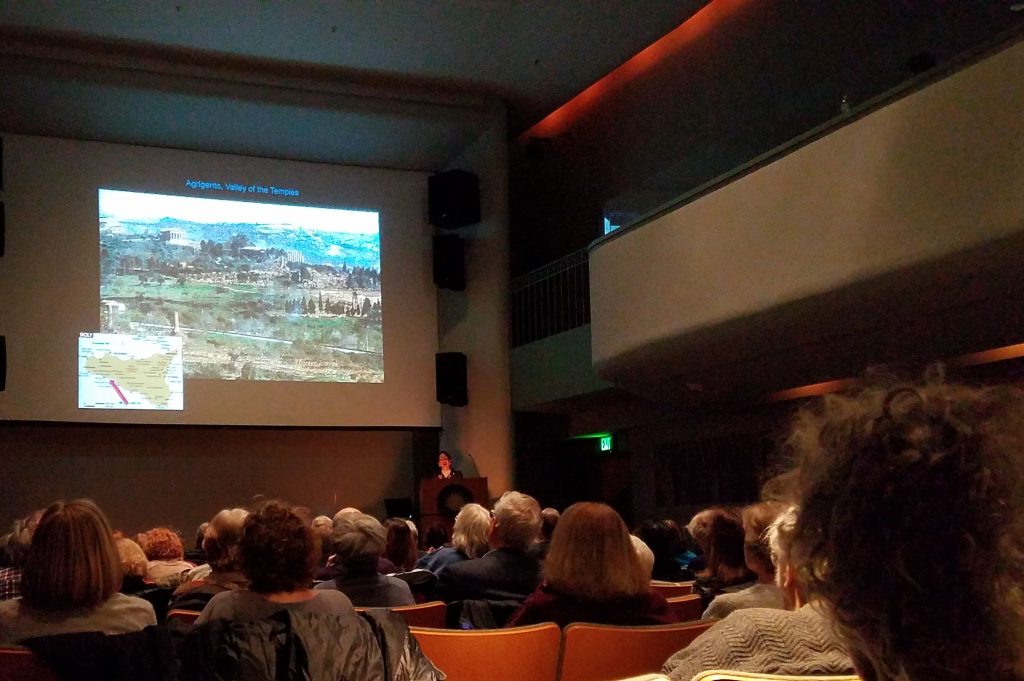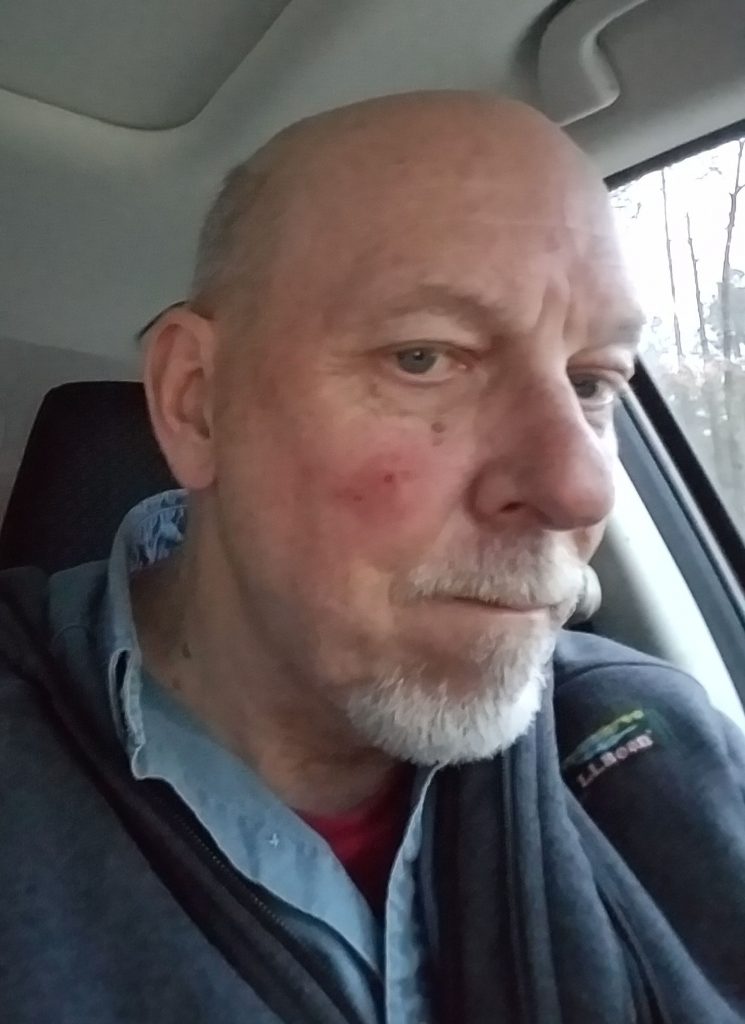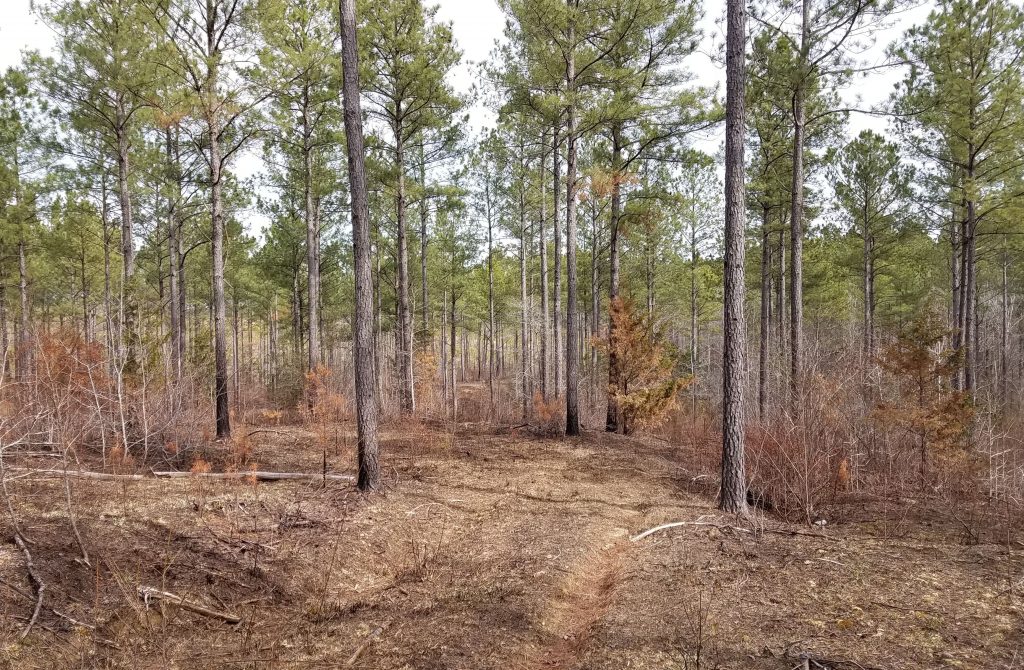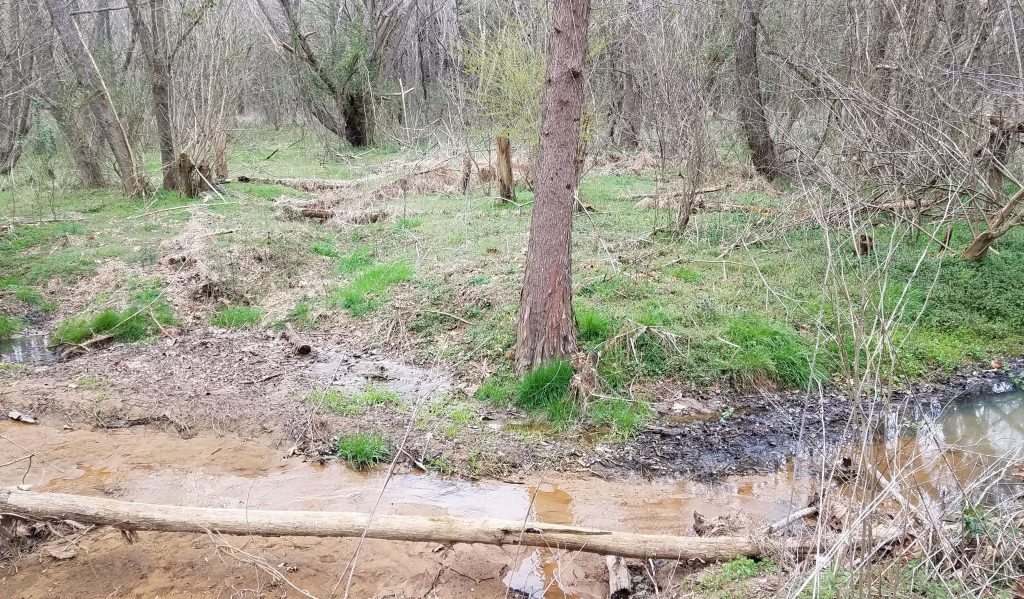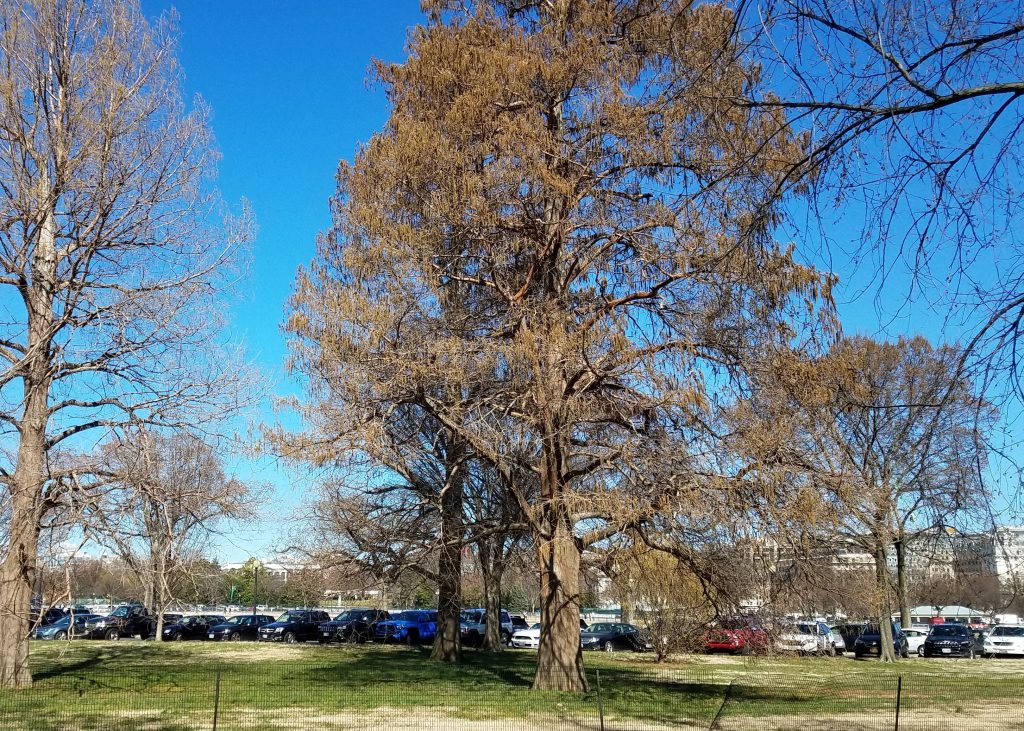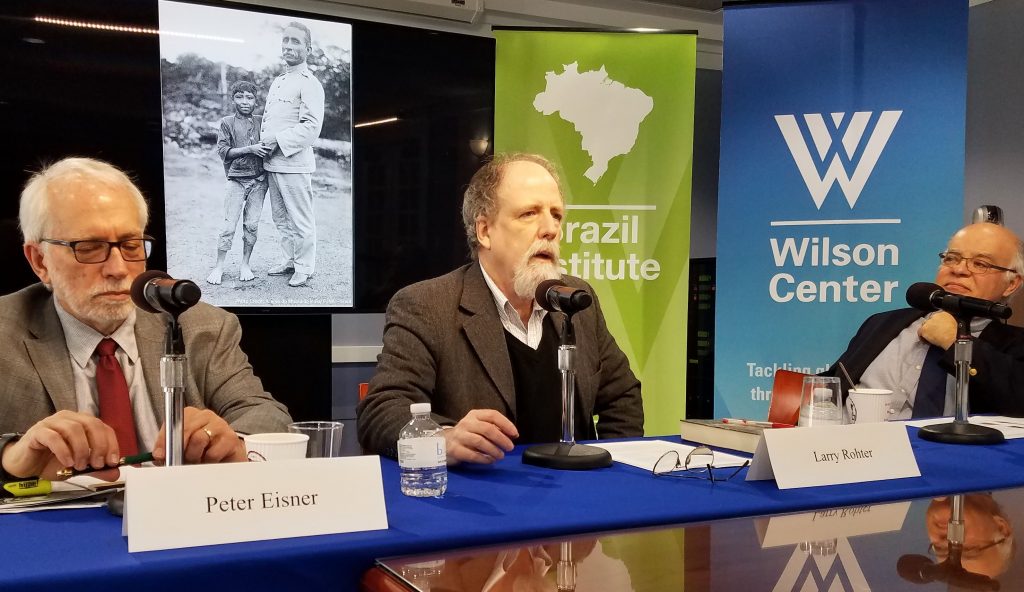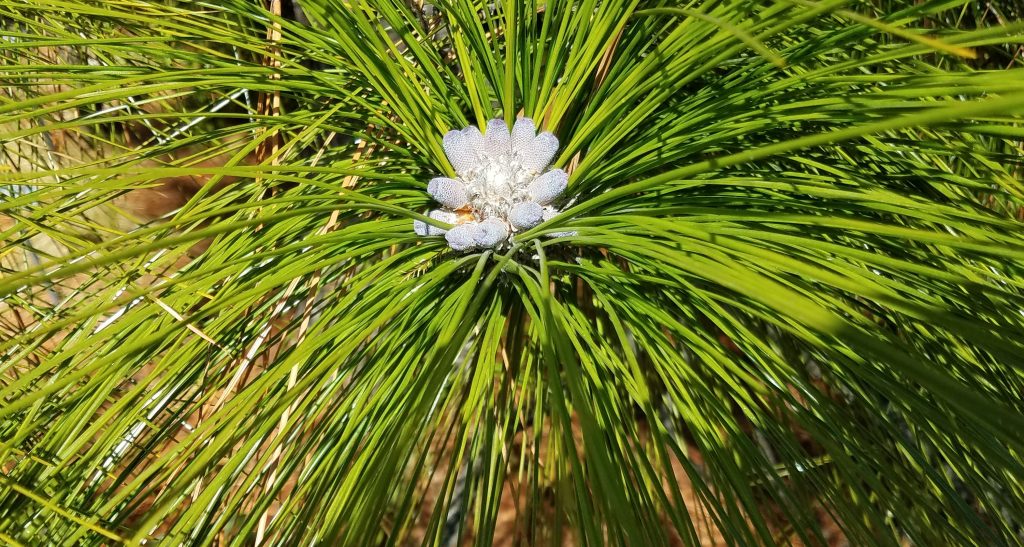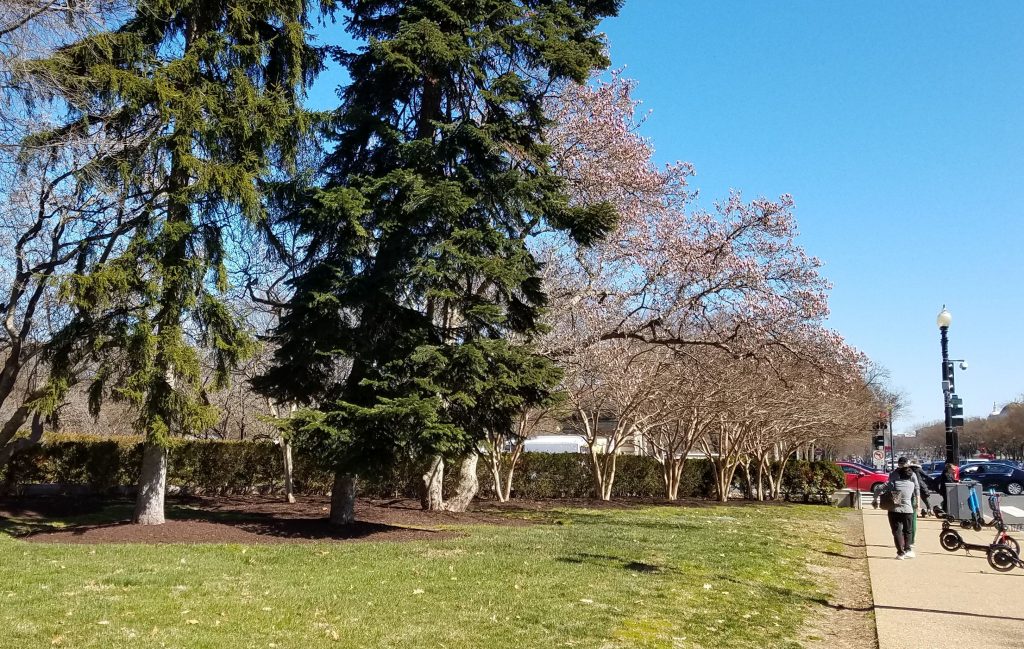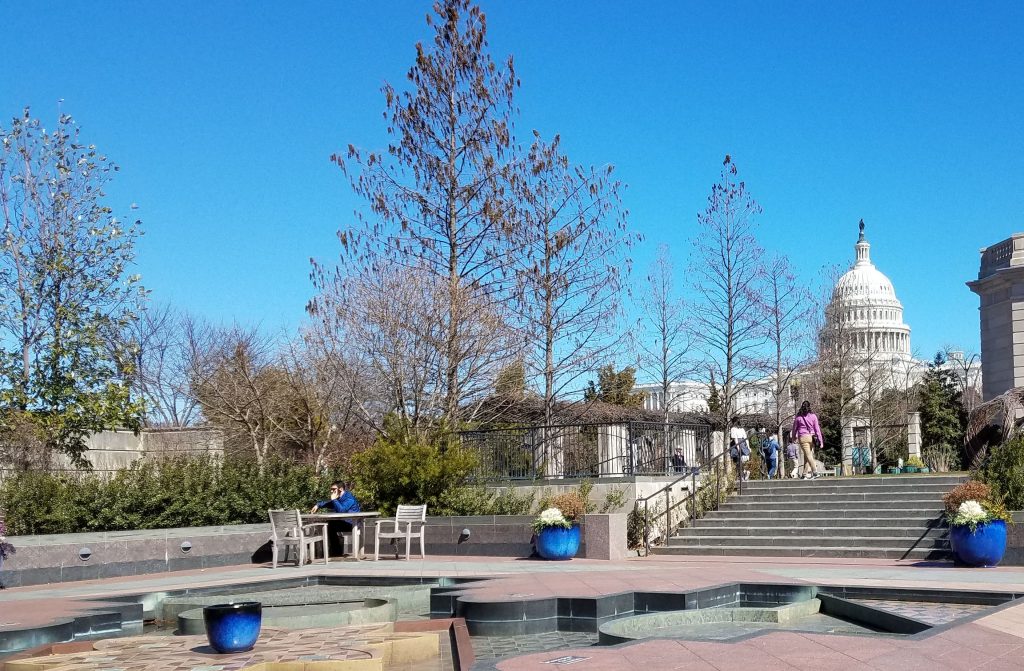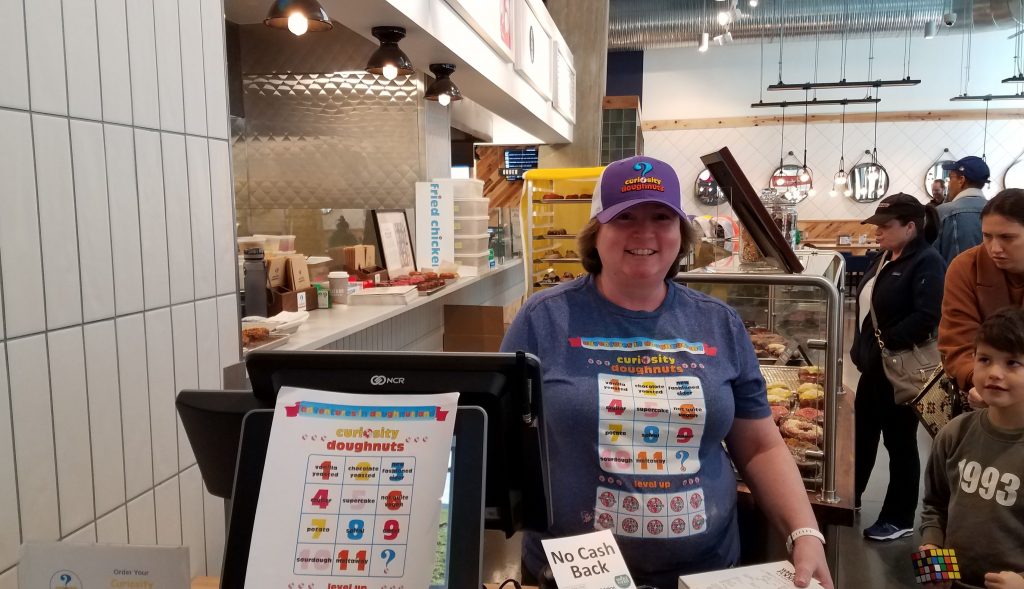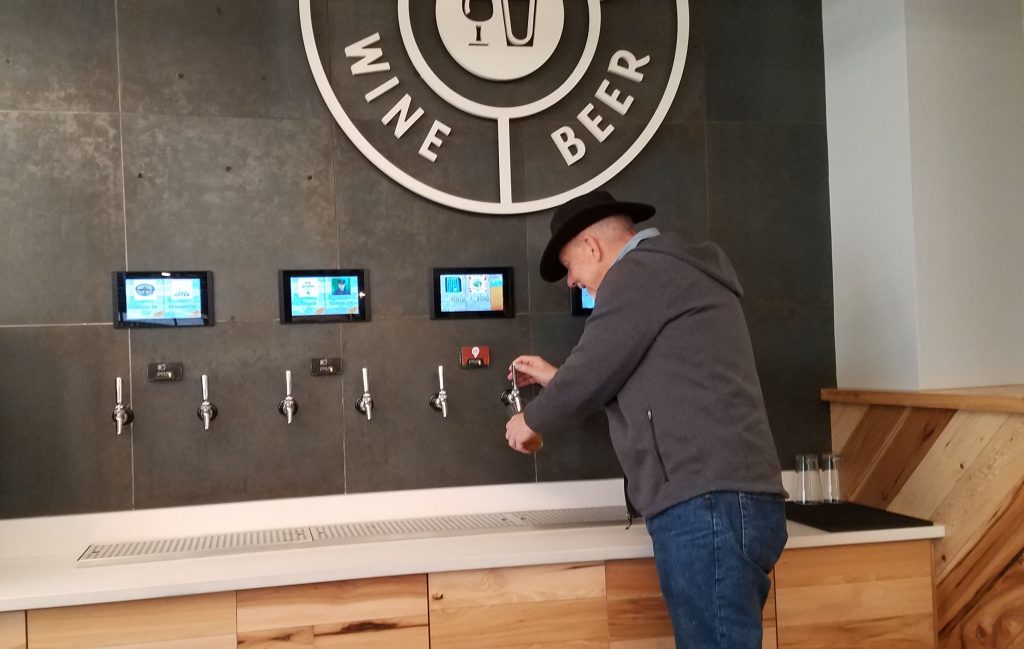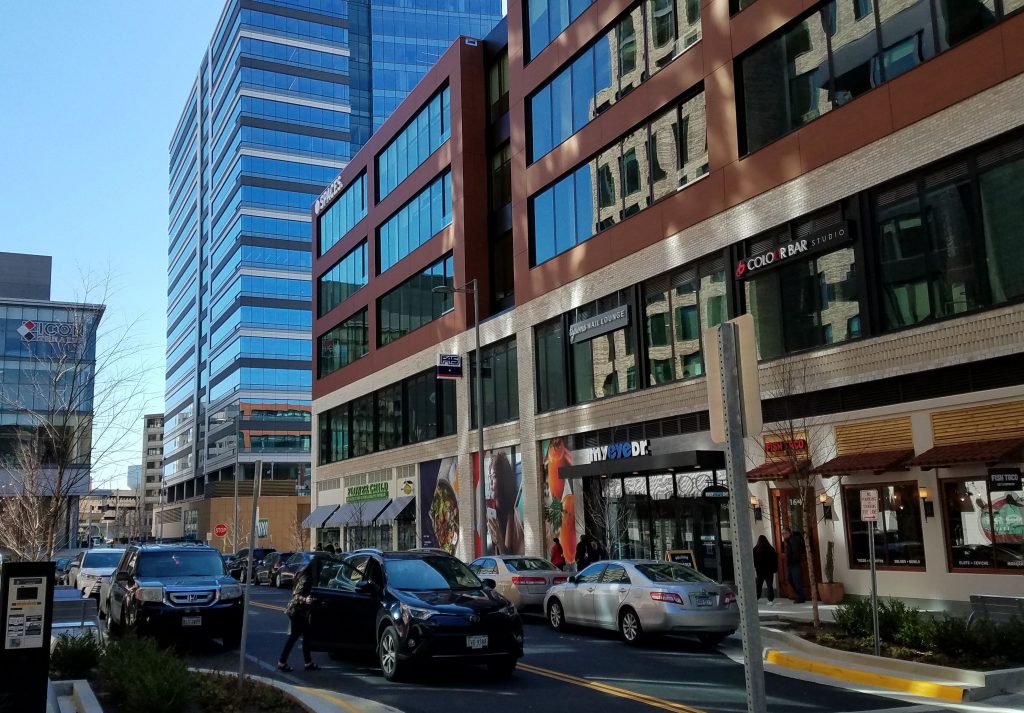Chrissy & I went to Smithsonian for a program “Sicily: Eternal Crossroads of the Mediterranean.” It was a disappointing program. I thought it would be something like what the title suggested. In fact, it was more a semi-technical art history discussion with some (not all) of the art and architecture happened to be in Sicily. The lecturer was well expert on the art, but her talks were more like watching slides from her vacation than an integrated program about cultural crossroads.
One thing I found interesting about the talk was about the talk itself. There was a big crowd there and many people seemed to like the program a lot. Chrissy and I talked about it. It might be that it was a lot like being a tourist. She took you through the buildings like a tour guide. I wanted the connections, not the tourist sites. That is the great thing about pluralism. We do not all need to like the same things.
No matter. It got us out and down in Washington on a nice day. They provided what they called a Sicilian lunch. We got a prosciutto ham sandwich, olive salad & some cannoli. I do not think these things are especially Sicilian (Prosciutto comes from Parma, not in Sicily) but it was good.
We went to Spain last year and were very favorably surprised by the wonders there. Sicily is another of those crossroads. It was an intellectual and cultural hotbed for a few centuries. I think that is the next place outside the USA for us to visit.
First picture is Smithsonian castle looking good in spring. Next is me at the mall. Lighting is not the best. Last is from the lecture itself.


